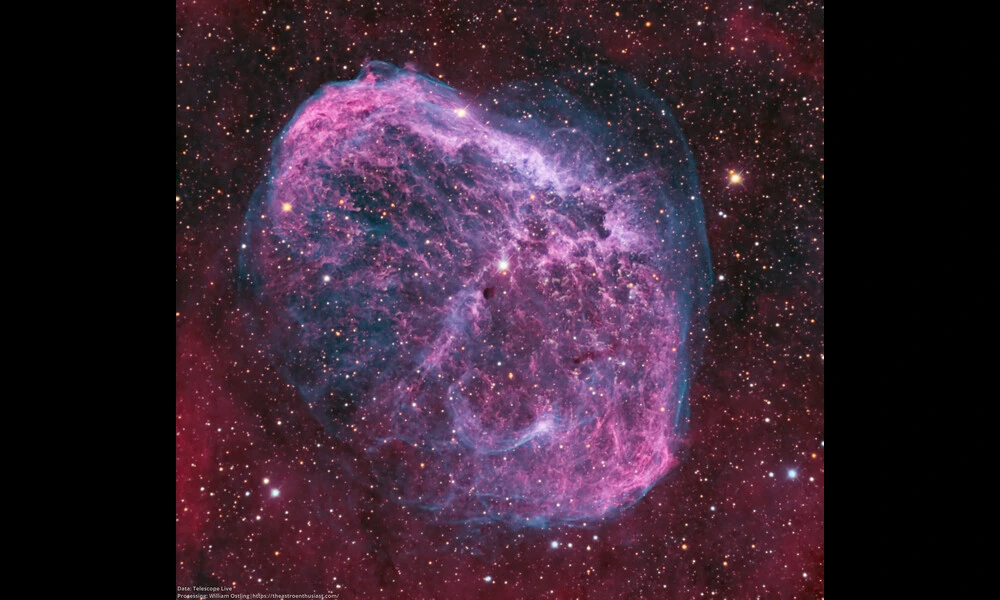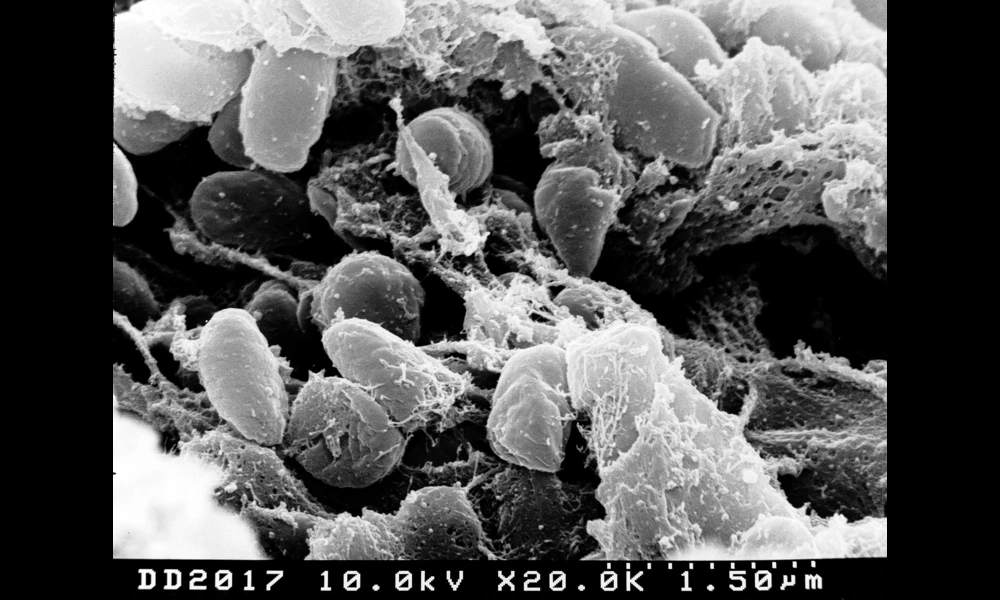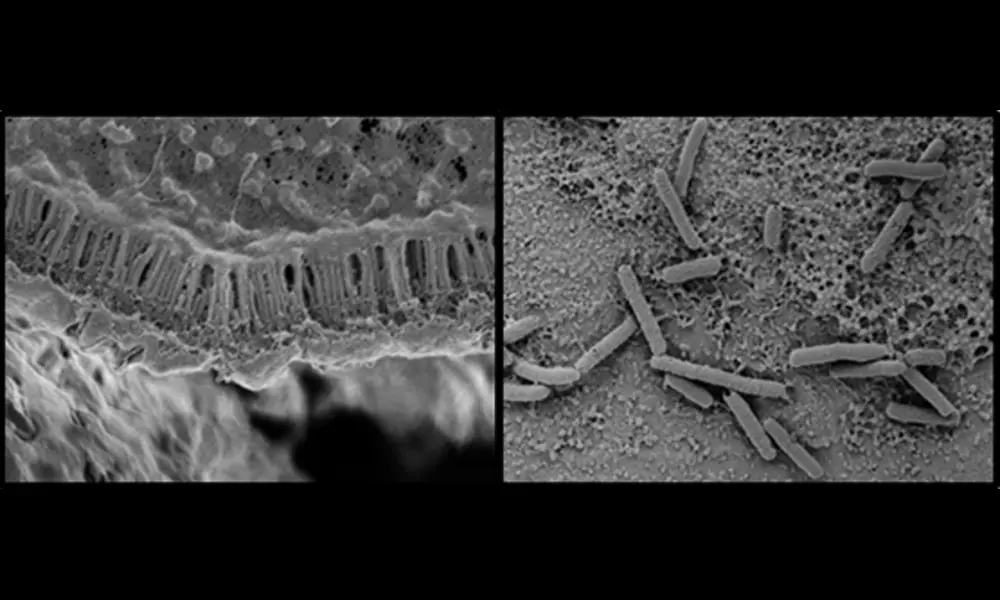New Research Offers Possibility for Detecting Ancient Population III Supernovae
Published on Fri Jun 30 2023 NGC 6888: The Crescent Nebula | William Ostling on flickr
NGC 6888: The Crescent Nebula | William Ostling on flickrNew research has shed light on the elusive population of stars known as Population III, or Pop III, stars and their explosive deaths as Pair-Instability Supernovae (PISNe) during the Epoch of Reionization (EoR). The launch of the James Webb Space Telescope (JWST) and other missions aimed at studying the distant Universe has provided astronomers with a promising opportunity to detect these ancient stars. In a recent paper, scientists estimated the probability of discovering PISNe during the EoR using simulations of galaxies with different stellar masses.
PISNe occur when massive stars, with masses ranging from 140 times to 260 times that of our Sun, explode due to the production and annihilation of electron-positron pairs in their cores. These explosions result in the complete disruption of the stars and release large amounts of metals into the surrounding medium. This is particularly significant because PISNe from Pop III stars are thought to be one of the primary sources of heavy elements in the early Universe, providing insights into the process of early chemical enrichment.
The researchers found that the probability of finding PISNe in their simulated volumes is small but not negligible. On average, less than one PISN is expected in all examined JWST fields, while approximately 1.5 may be found in a Roman field measuring approximately 1 square degree. However, the findings suggest that there is potential for increased discoveries by considering more optimistic choices for the Pop III initial mass function and formation efficiency, as well as by including the contribution of coarsely-resolved environments.
The study also highlighted the capabilities of the JWST's Near Infrared Camera (NIRCam) and the Roman Wide Field Instrument (WFI) in detecting massive-progenitor PISNe. These instruments enable the observation of optimal colors for identifying PISNe throughout multiple wavelengths. Additionally, the researchers found that PISNe are predominantly located at the outskirts of their hosting haloes, which allows for the disentangling of underlying stellar emission thanks to the spatial-resolution capabilities of the instruments.
Overall, this research marks an important step towards understanding the first generation of stars and their explosive deaths. The potential detection of PISNe during the EoR will provide valuable insights into the early Universe's chemical enrichment processes and the properties of Pop III stars. As astronomers gear up for the launch of the JWST and other missions, the search for the first fireworks of the Universe is poised to yield fascinating discoveries.



